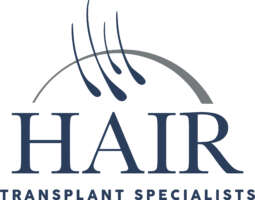
Platelet Rich Plasma (PRP) For Hair Loss
PRP Therapy is a healthy, preventative, and proactive therapy that utilizes your own platelet rich plasma. PRP is used for many medical and aesthetic treatments, and is an ideal way to combat hair loss. More than 50% of men and women experience thinning hair or a form of baldness by age 50, with signs beginning as early as our 20’s. PRP Therapy is a natural therapy used to stimulate and regenerate healthy new hair growth as well as prevent further hair loss. PRP stimulates undersized or underactive hair follicles and encourages the production of thicker, stronger, and longer strands of hair.
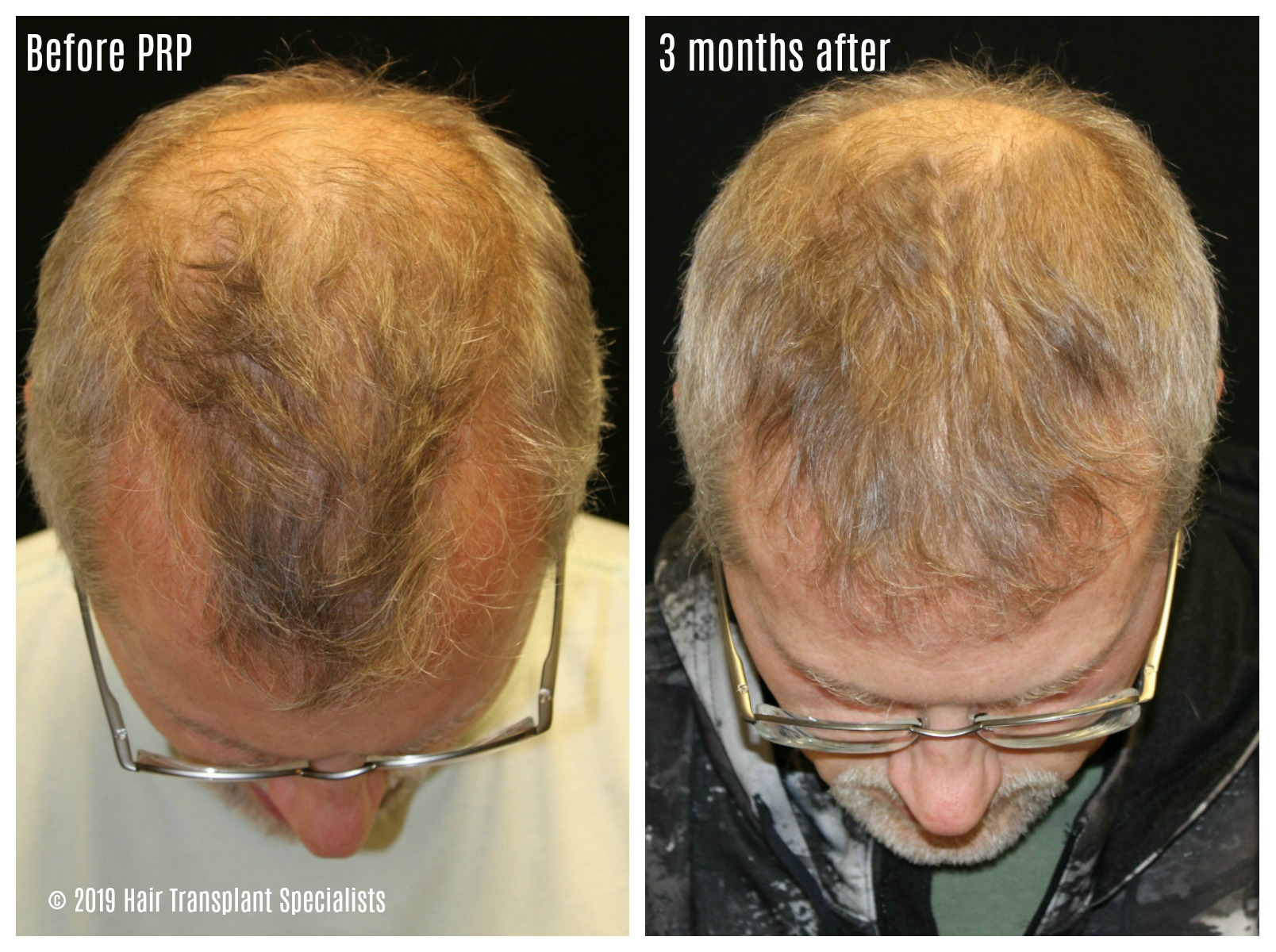
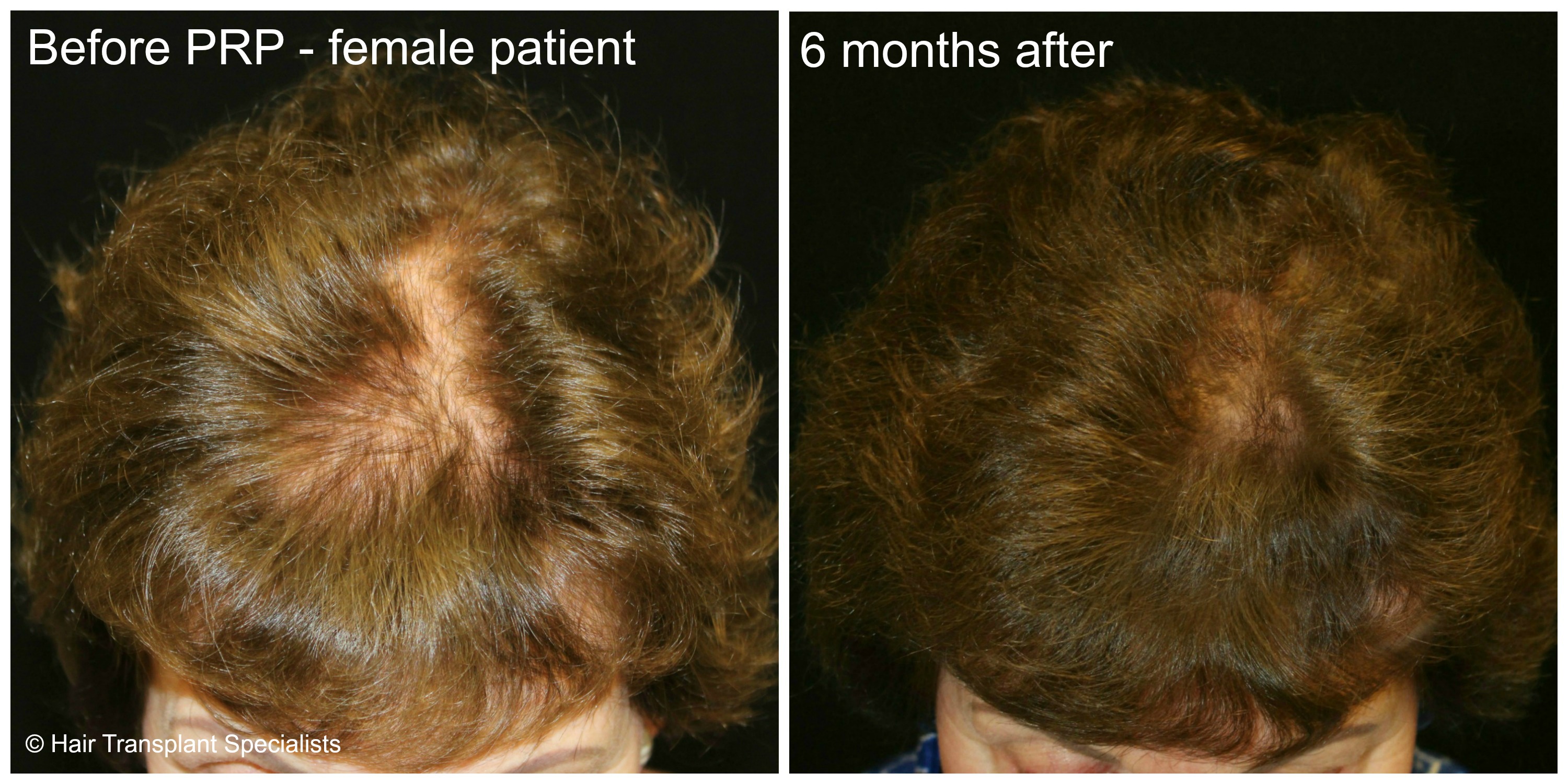
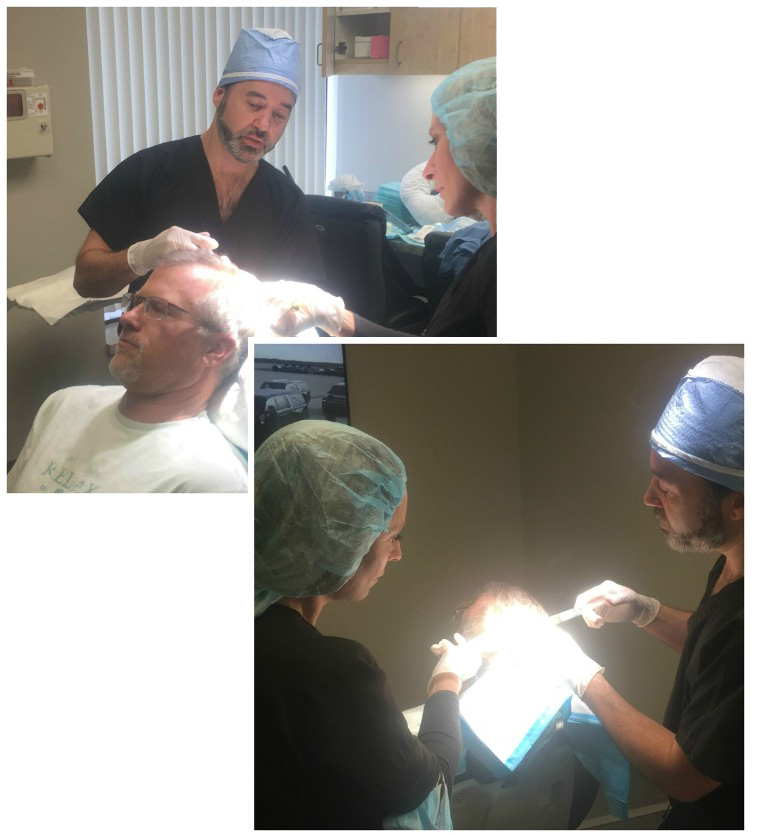
What to expect with PRP Treatment for Hair Loss
This in-office treatment involves a quick blood draw from your arm, and the process of separating the plasma from the red blood cells in a machine called a centrifuge. Once separated, the plasma (PRP) is injected strategically into the scalp where needed (or desired).
- New hair growth
- Thickness of existing hair
- Stronger hair follicles
- Alopecia (male and female pattern baldness): Alopecia is a hereditary and androgen-dependent progressive thinning of the scalp hair in a defined pattern. It is a common disorder, affecting women as well as men.
- Alopecia areata: Spotty areas of baldness or thinning hair, typically the size of a coin.
- Hypotrichosis: Hypotrichosis is fine or reduced hairs of the eyebrows or beard as we age.
- Trichotillomania: Compulsive hair pulling, resulting in thinning or loss of hair on scalp or eyebrows. PRP may strengthen and stimulate the growth of new hair, but will not cure compulsive pulling.
Not All PRP Providers Achieve the Same Results and Here’s Why…
This article discusses the methodological differences between Eclipse PRP and EmCyte PurePRP kits and explains how these differences directly affect PRP potency.
Third Party Analysis of Commercial PRP Kits
Third party analysis was conducted by Robert Mandle, PhD, who lead a team at BioSciences Research Associates (BSR) in 2016 to compare growth factor release and platelet concentration amongst commercially available PRP kits. BSR is an independent contract research laboratory located in Cambridge and once academically affiliated with Harvard Medical School. BSR is currently affiliated with the Immune Disease Institute at Harvard and as such draws from a community of nearly 400 bioscience researchers. The BSR laboratory complies with the Food and Drug Administration’s (FDA) Current Good Manufacturing Practice (cGMP) to assist pharmaceutical and biotech companies in product development and clinical trial support.
This study compares platelet concentration and growth factor release between 5 different PRP kits:
- Emcyte GS30-PurePRP II
- Emcyte GS60-PurePRP II
- Arteriocyte MAGELLAN
- REGENKIT THT Tube
- ECLIPSE PRP
The researchers drew approximately 200 ml of blood from 4 “healthy” donors and recorded the concentration levels of platelets, stromal cell-derived factor 1 (SDF-1α), and platelet derived growth factor (PDGF) in the final serum produced by each PRP kit. Donors were referenced with code numbers. Age, sex and ethnicity were not tracked. Blood was drawn into the presence of an anticoagulant according the manufacturer’s protocol to keep platelets from degranulating during centrifugation. Anticoagulants included sodium citrate, and ACD-A citrate dextrose solution (see anticoagulant table for proportions according to kit).
Anticoagulants Used in Study
| PRP Kit | Anticoagulant | Blood volume |
| Emcyte GS30-PurePRP®II | 5mL Na Citrate | 25 ml |
| Emcyte GS60-PurePRP®II | 10mL Na Citrate | 50 ml |
| Arteriocyte MAGELLAN | 8mL ACD-A | 52 ml |
| REGENKIT®THT Tube | 1mL Citrate | 8 ml |
| ECLIPSE PRP | ≈1mL* | ≈ 9mL |
*material not listed (unknown polymer/anticoagulant mix)
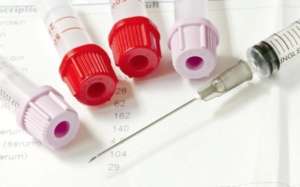
PRP from Dual Centrifugation
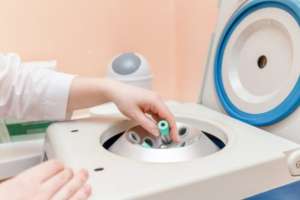
The EmCyte kits produce PRP using a dual centrifugation method, while the Eclipse PRP kits rely on a gel separator to stratify blood elements within a single centrifuge spin. Differential centrifugation stratifies the composition of blood by particle density. Dual centrifugation allows more time for platelets to fall out of suspension from the plasma and creates a finer separation between components of blood. The 30ml and 60ml EmCyte Pure PRP kits produced 4 and 7.4ml of PRP from 25 and 50ml of blood respectively.
Gel Separators and PRP
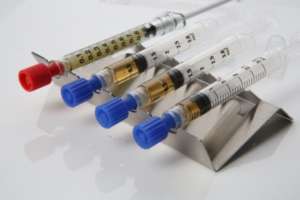
The 11ml Eclipse kit yields 7 ml of platelet poor plasma (PPP) from 9 ml of blood with a gel separator. Gel separators utilize a polymer to stratify blood components. The soluble polymer has a specific density between pure PRP and the heavier blood elements that are generally excluded such as red and white blood cells. During centrifugation, the polymer creates a physical barrier between PPP and the heavier blood elements. This gel-based separation method is very effective at isolating red blood cells, producing a plasma serum with low hematocrit levels. Though red blood cells are effectively isolated, platelet concentration actually declines from whole blood levels, because the gel polymer can only target platelets of a specific density. In actuality, individual platelet density falls along a wide spectrum, so many of the platelets are left behind.
A “PRP” Kit that Produces PPP?
This study shows that Eclipse PRP kits produce platelet poor plasma (PPP) – a serum with half the concentration of platelets as the patient’s whole blood (0.5x). The term platelet “rich” plasma can only be used to refer to plasma serums that have platelet concentration levels that are higher than those found in the patient’s whole blood. EmCyte kits produced a PRP that has platelet concentration levels 6.7 times higher than the patient’s whole blood.
Platelet Concentration Levels
(above blood baseline)
| PRP Kit | Platelet Concentration |
| Emcyte GS30-PurePRP®II | 6.6x |
| Emcyte GS60-PurePRP®II | 6.7x |
| Arteriocyte MAGELLAN | 5.7x |
| REGENKIT® THT | 0.7x |
| ECLIPSE PRP | 0.5x |
Hematocrit levels in Eclipse and EmCyte PurePRP
Hematocrit refers to the ratio of the volume of red blood cells in the total volume of blood. Excessive hematocrit levels have been linked to pain and bruising at the injection site. Though the Eclipse gel strategy fails to effectively concentrate platelets, the polymer substance completely eliminates red blood cells from the final product. Researchers found 0% hematocrit levels in the PPP produced by Eclipse kits and 1.1% hematocrit levels in the PRP produced by EmCyte kits. In a dual spin system, final hematocrit levels vary depending on how carefully the serum is prepared.
While platelet concentration and growth factor release vary from person to person, third party research has confirmed that the Eclipse PRP kits fail to produce PRP. Eclipse kits produce an injectable PPP serum with platelet levels below that of the patient’s blood baseline. On the other hand, using a dual centrifugation method, EmCyte’s PurePRP kits effectively produce PRP with platelet concentration levels 6.7 times higher than those found in the patient’s whole blood.
References
- Mandel R. Research Study: Comparisons of Emcyte GS30-PurePRP II, EmCyte GS60-PurePRP II, Arteriocyte Magellan, Stryker REGENKIT THT, and ECLIPSE PRP. Biosciences Research Associates. 2016; May.[pdf]
- After the treatment, your scalp will be slightly pink with a sunburn appearance. Your scalp may be slightly tender and there may be bruising to the scalp for several days.
- Do not wash hair for 24 hours after a PRP for Hair Loss treatment
- No swimming for 48 hours post PRP treatment
- Do not exercise for 48 hours post treatment
- No dry shampoo, gel, sprays or any products to hair for 24 hours post treatment
- To learn more, schedule a consultation.
- Our providers will help answer questions and determine the best treatment plan for you, including the number of treatments recommended.
- If you develop a fever, cold, flu, or develop a cold sore, blemish, or rash, etc. in the area to be treated prior to your appointment, you must reschedule your appointment.
- It is recommended that if you have a special event or vacation coming up, you should schedule your treatment at least 2 weeks in advance.
- If you are being treated in the lip area and have a history of Herpes (cold sores) with outbreaks more than 2 times a year, you will need to be pre treated with antiviral medication. We recommend Valtrex 2gm the day before or the morning of the treatment followed by another 2gm 12 hours after the first dose. Please let us know if you need a prescription if you do not have the medication on hand.
- Discontinue the use of anti-inflammatory agents (NSAIDs) such as Advil, Aleve, Aspirin, Ibuprofen, Motrin, Naprosyn, etc., at least 1 week before your treatment. One of the purposes of PRP is to induce inflammation and these medications limit or prevent inflammation. You may take Tylenol or other Acetaminophen-containing products as directed.
- Discontinue the use of any blood thinning agents such as Vitamin A, Vitamin E, Gingko Biloba, Garlic, Flax Oil, Cod Liver, Essential Fatty Acids (EPA, DHA),etc., for at least 1 week before treatment to minimize bruising and bleeding.
- You will not be able to undergo a treatment if you are or have been on systemic corticosteroids (Prednisone, Methylprednisolone, etc.) within 2 weeks of treatment. Consult your provider for approval to discontinue use of corticosteroids for this procedure.
- It is recommended that you avoid alcohol, caffeine, niacin, spicy foods, and cigarettes 3 days before your treatment as these products may increase the risk of bleeding.
- Maintain a healthy diet and drink at least 64 oz. of water the day before and the day of the treatment. It is important to be well hydrated, as you will be giving blood.
- Maintain a healthy diet and drink at least 64 oz. of water the day before and the day of the treatment. It is important to be well hydrated, as you will be giving blood.
- After the treatment, your skin will be slightly pink and feel slightly sunburned. For most people, your skin will completely recover in 24-72 hours.
- Your body’s collagen production usually takes about 4-8 weeks, so you will continue to see improvements over this time.
- No makeup to area of treatment for at least 24 hours post micro needling with PRP.
- Apply CeraVe moisturizer to area of treatment daily following treatment. You may purchase this at local pharmacy store (Walgreen, CVS, Target)
Medical Treatment Overview
Here at Hair Transplant Specialists we want to permanently restore the hair that you have lost and help you maintain that hair that you still have. This can be accomplished in several ways. These are the FDA approved methods. The goal in hair preservation is to maintain your existing hair before the hair follicles die off.
LASER HAIR THERAPY
Theradome® can also be coupled with PRP and when used after a hair transplant, it can help forgo the dormancy stage.


ROGAINE®
Rogaine® is a topically applied twice a day to your scalp.
Pros: Over-the-counter – nonprescription
Cons: It is recommended to apply to your scalp twice daily. It is an oily substance and can have some minor side effects: https://www.mayoclinic.org/drugs-supplements/minoxidil-topical-route/side-effects/drg-20068750
Rogaine is available for both men and women.
While minoxidil has been clinically proven to slow the progression of hair loss and regrow some hair, most experts see it as a relatively marginally effective drug in the fight against hair loss. Since minoxidil has no effect on the hormonal process of hair loss, its positive effects are at best temporary and usually yield somewhat disappointing results.
ROGAINE® penetrates your scalp to restore inactive hair follicles and increase protein production to lengthen your hair’s active growth phase. If you stop using ROGAINE®, your normal hair loss process will start again, and you’ll probably lose your newly regrown hair within 3-4 months.
PROPECIA®
Propecia® or Finasteride is a by prescription oral medication for males only which is taken once a day.
Pros: Pill form taken once a day.
Cons: Possible sexual side effects: https://www.mayoclinic.org/drugs-supplements/finasteride-oral-route/side-effects/drg-20063819?p=1
During the trials on men with prostate problems, researchers noted an intriguing side effect: hair growth. Since finasteride had already been approved by the FDA to treat enlarged prostates in men, Merck decided to pursue the possibility of developing finasteride as the first pill to treat male pattern baldness. Minoxidil, a topical liquid solution, was already on the market.
In December 1997, the FDA approved a 1mg dose of finasteride for the treatment of androgenetic alopecia (male pattern baldness) in men. Propecia is the first drug in history to effectively treat male pattern baldness in the majority of men who use it. If you stop using Propecia®, your normal hair loss process will start again, and you’ll probably lose your newly regrown hair within 3-4 months.

